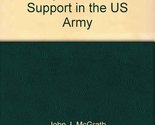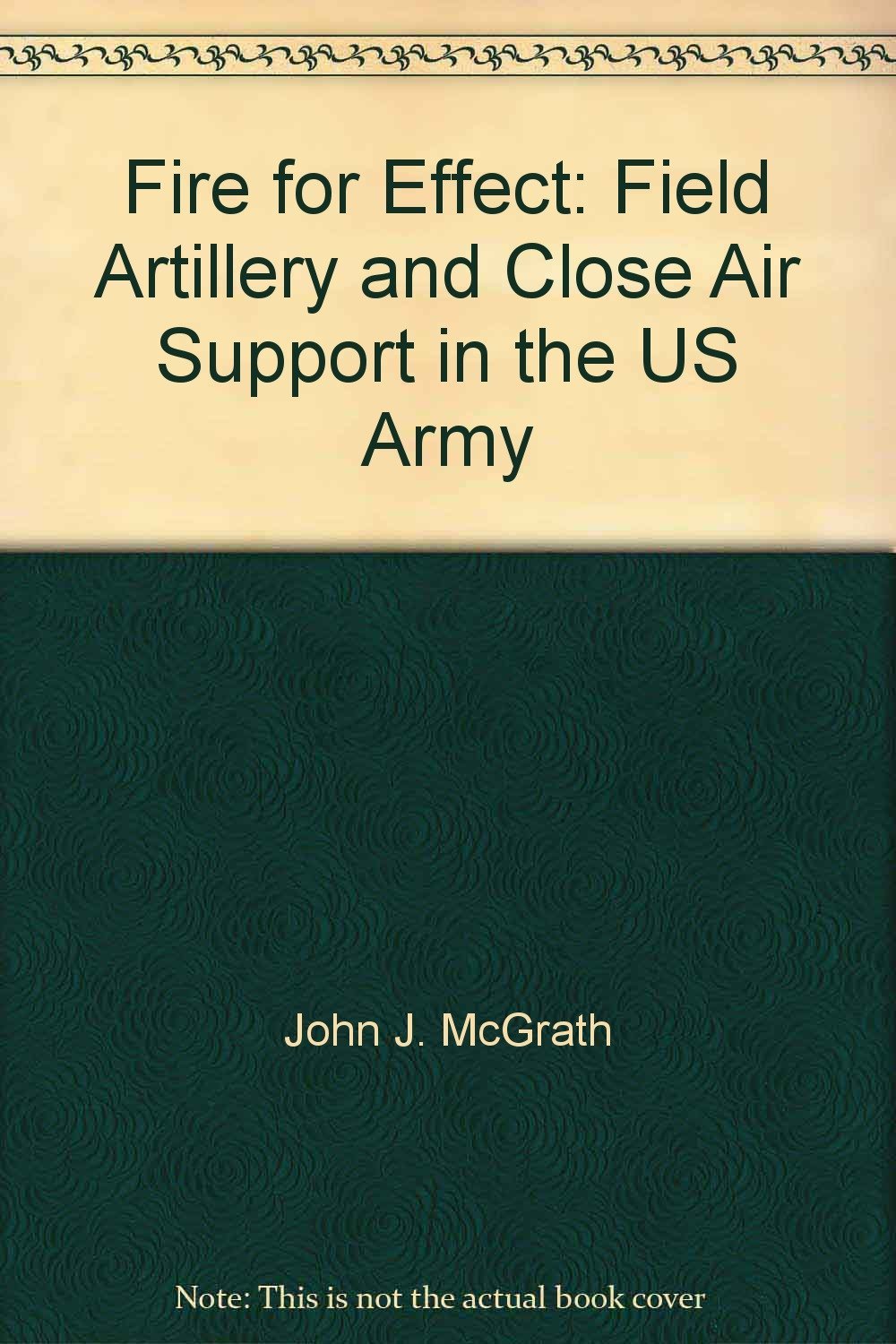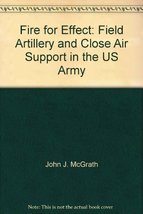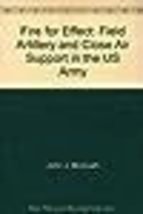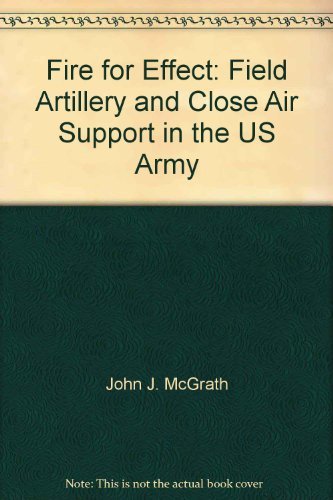Fire for Effect: Field Artillery and Close Air Support in the US Army [Hardcover
Ships from
United States

Don't miss out on this item!
There is only 1 left in stock.
Shipping options
Seller handling time is 1-2 business days Details
This reflects the seller's handling time and may not include time spent in transit.
If you have questions about shipping, please contact the seller.
No shipping price specified to GB
Ships from
United States

Payment options
PayPal accepted
PayPal Credit accepted
Venmo accepted
PayPal, MasterCard, Visa, Discover, and American Express accepted
Maestro accepted
Amazon Pay accepted
Nuvei accepted
Shipping options
Seller handling time is 1-2 business days Details
This reflects the seller's handling time and may not include time spent in transit.
If you have questions about shipping, please contact the seller.
No shipping price specified to GB
Ships from
United States

Payment options
PayPal accepted
PayPal Credit accepted
Venmo accepted
PayPal, MasterCard, Visa, Discover, and American Express accepted
Maestro accepted
Amazon Pay accepted
Nuvei accepted
Item traits
| Category: |
Books
|
| Quantity Available: |
Only one in stock, order soon
|
| Condition: |
Used; Very Good
|
| ISBN: |
0984190155
|
| Author: |
McGrath, John J
|
| Language: |
English
|
| Format: |
Hardcover
|
| Genre: |
Technology & Engineering
|
| ISBN-10: |
0984190155
|
| EAN: |
9780984190157
|
| GTIN: |
09780984190157
|
| subject: |
Artillery, Field and mountain - United States - History
|
| binding: |
hardcover
|
| Subject Keyword: |
Technology & Engineering/Military Science
|
| brand: |
Combat Studies Institute Press
|
| Subject Code: |
TEC025000
|
| Target Audience: |
General/trade
|
| Item Type Keyword: |
book
|
| manufacturer: |
Combat Studies Institute Press
|
| Publication Date: |
2011-02-09T00:00:01Z
|
| Supplier Declared Dg Hz Regulation: |
not_applicable
|
| Item Name: |
Fire for Effect: Field Artillery and Close Air Support in the US Army
|
| Product Site Launch Date: |
2013-05-13T19:23:59.759Z
|
| Product Description: |
View details
The genesis of this work, “Fire for Field Artillery and Close Air Support in the US Army,” was the controversial decision in 2001 to deploy Army combat units to Afghanistan without their supporting field artillery units. Fire for Effect provides a...
|
| Externally Assigned Product Identifier: |
0984190155
|
Listing details
|
Shipping discount:
|
No combined shipping offered
|
|
Posted for sale:
|
More than a week ago
|
|
Item number:
|
1524218040
|
Nice book with light wear.
Additional Details
------------------------------
Product description: The genesis of this work, ?Fire for Field Artillery and Close Air Support in the US Army,? was the controversial decision in 2001 to deploy Army combat units to Afghanistan without their supporting field artillery units. Fire for Effect provides a historical survey of the relationship between field artillery and close air support (CAS) in the US Army since World War I. A recurring theme in this survey is the desire of air operators for independence in operations. This first occurs at the organizational level in the development of strategic bombing theories and forces. The desire for independence emerges also in Air Force doctrine which stressed the importance of interdiction over CAS missions. Eventually, the Army aviation community also sought independence in the idea of the independent strike of attack helicopters, known as the deep attack. This last concept became at least partially discredited in the sands of Iraq in 2003. Independent air operations contrast with the Army?s traditional combined arms concept where the arms and services work together to complement each other?s strengths and cover weaknesses. The field artillery has long been a key member of the combined arms team. The Army ground commander has controlled all the elements of this team except the fixed-wing close air support. Despite the differences in theory and practice, since the 1960s the two services have developed cooperative and coordinated systems that have solved most difficulties. Over these last 40 years, much progress has also been made with the development of precision guided munitions, giving both services the ability to use point fire weapons in their delivery of CAS. As this study shows, the introduction of sophisticated precision weapons has separated CAS from artillery, creating distinct and complementary systems of fire support. Both, however, remain necessary to give the ground commander responsive and powerful fires in the broad variety of combat situations that characterize the modern battlefield.
